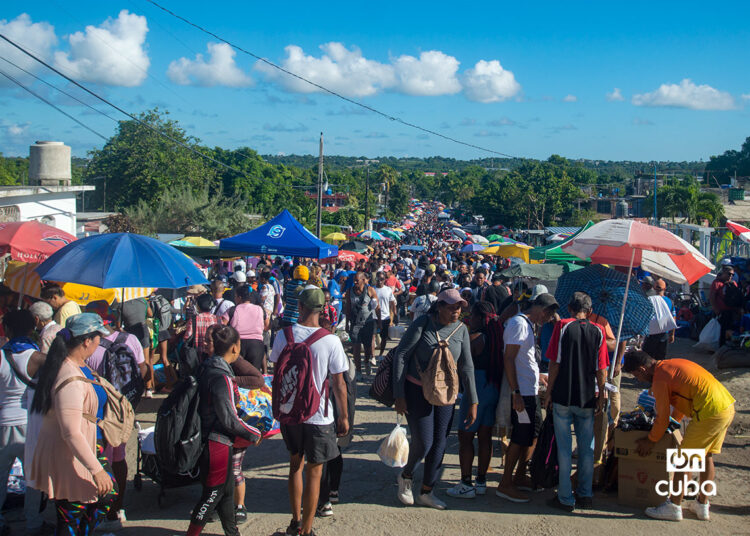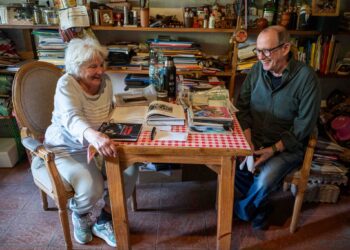After the temporary closure of the famous Cuevita for repairs, many vendors have moved their business to the Monterrey neighborhood. They are now located on 13th Street, and also on 94th Street and Camino Gimnasta, in San Miguel del Padrón, in Havana.
Despite the dispersion, activity hasn’t diminished. Each makeshift stall can represent the livelihood of a family that depends on sales to make a living.
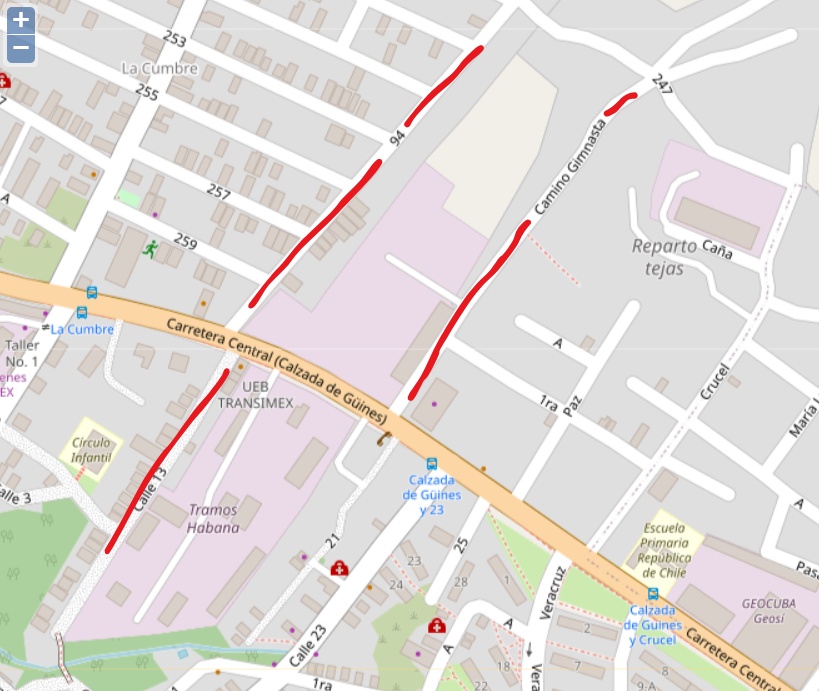
The morning on 13th Street in the Monterrey neighborhood wakes up to a swarm of people.
Dozens of pushcart drivers move carts loaded with merchandise, while vendors improvise and place the most sought-after products on their shelves: razor blades, lingerie, food, electronic equipment, sneakers, pots and blenders.
Some sell legally, paying taxes, others “struggle” informally.
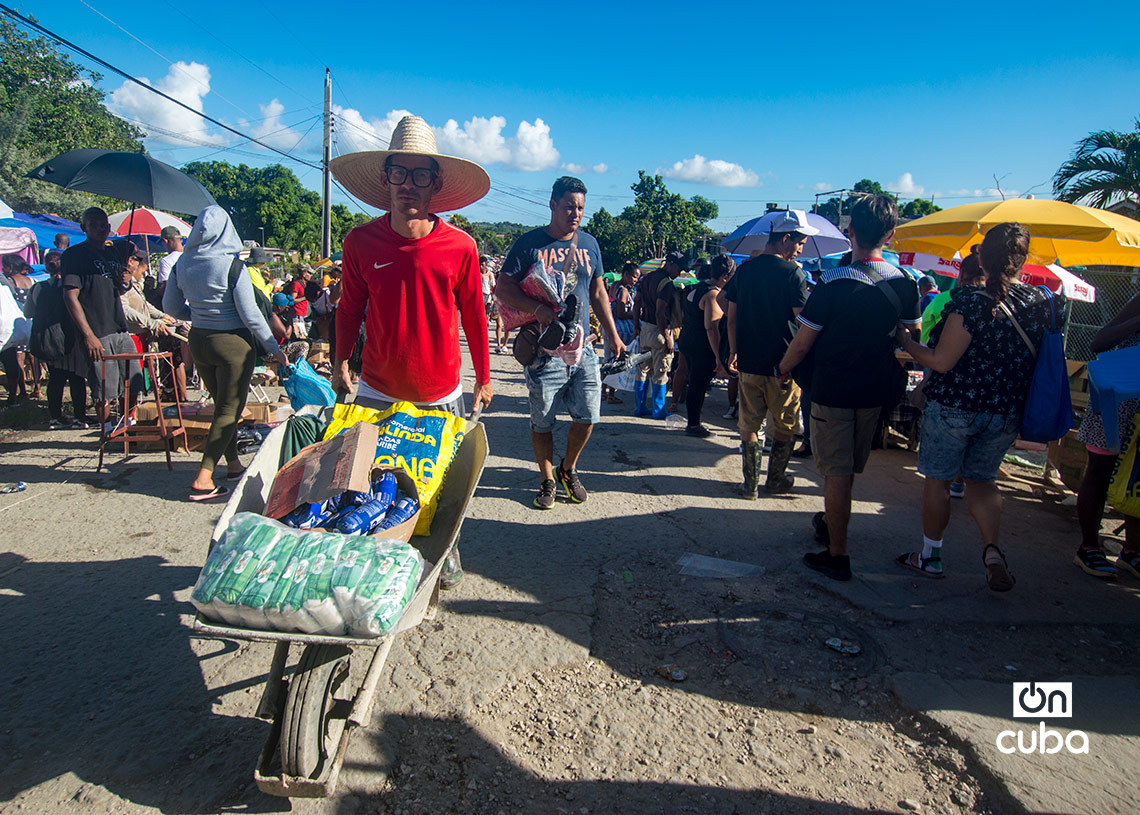
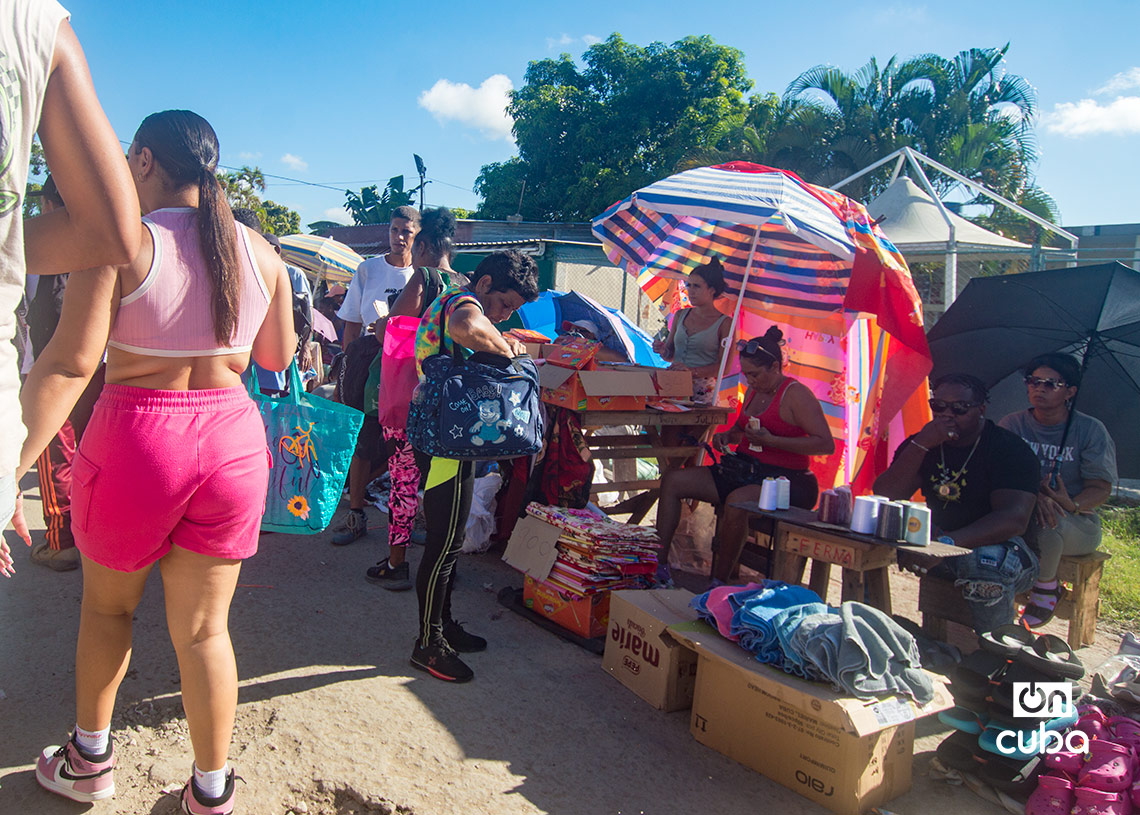
Buyers begin to arrive early, many even from other provinces, looking for products for both personal use and resale.
Routine demands vigilance: there are always thieves lurking, and both buyers and sellers remain alert.
Traffic is constant: cars, trucks and electric tricycles arrive from different parts of the city, such as El Curita Park or Virgen del Camino, navigating streets riddled with potholes and deteriorated roads, especially near the Cuevita area, where the first signs of construction work can be seen: sand, gravel and sidewalks under construction.
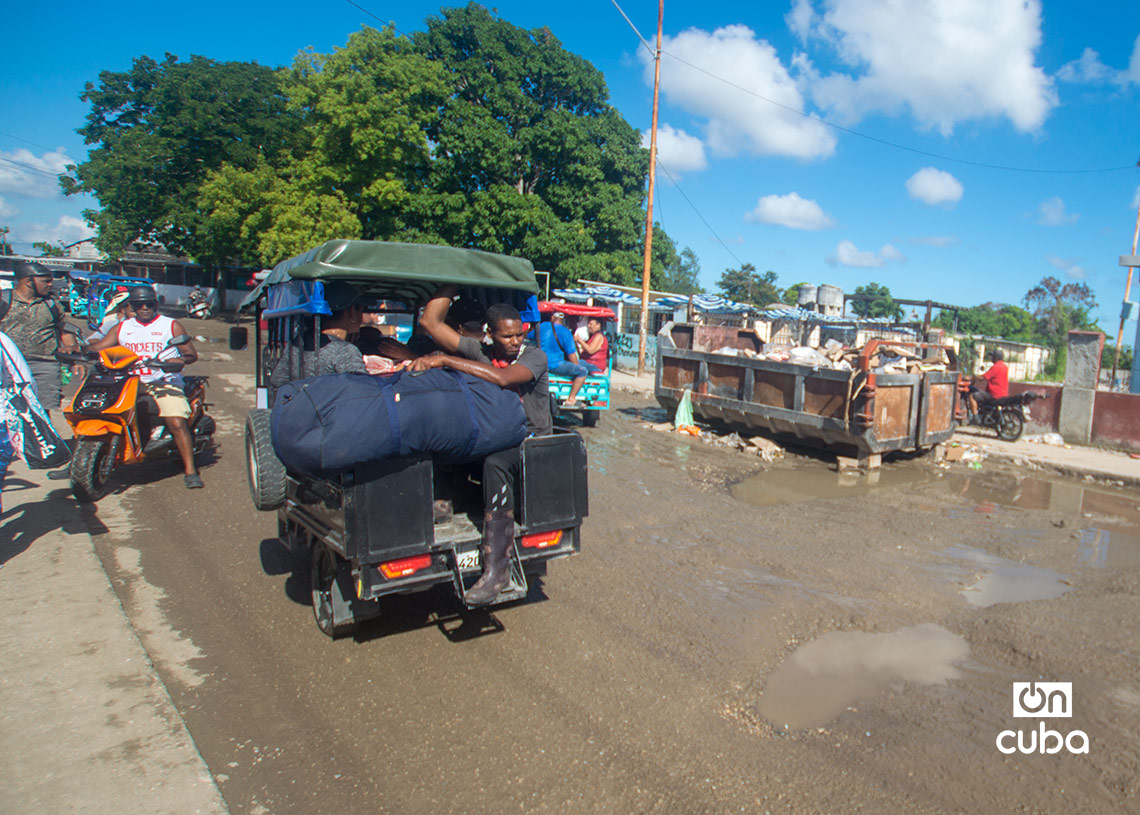
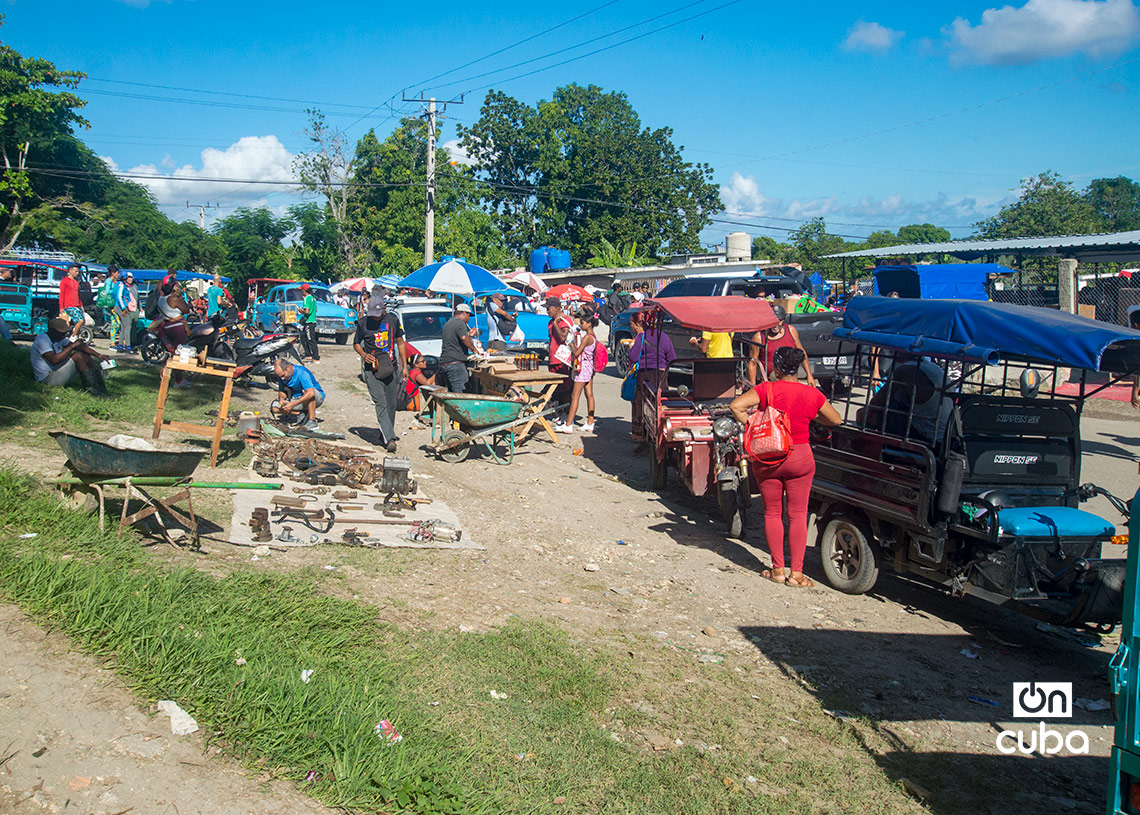
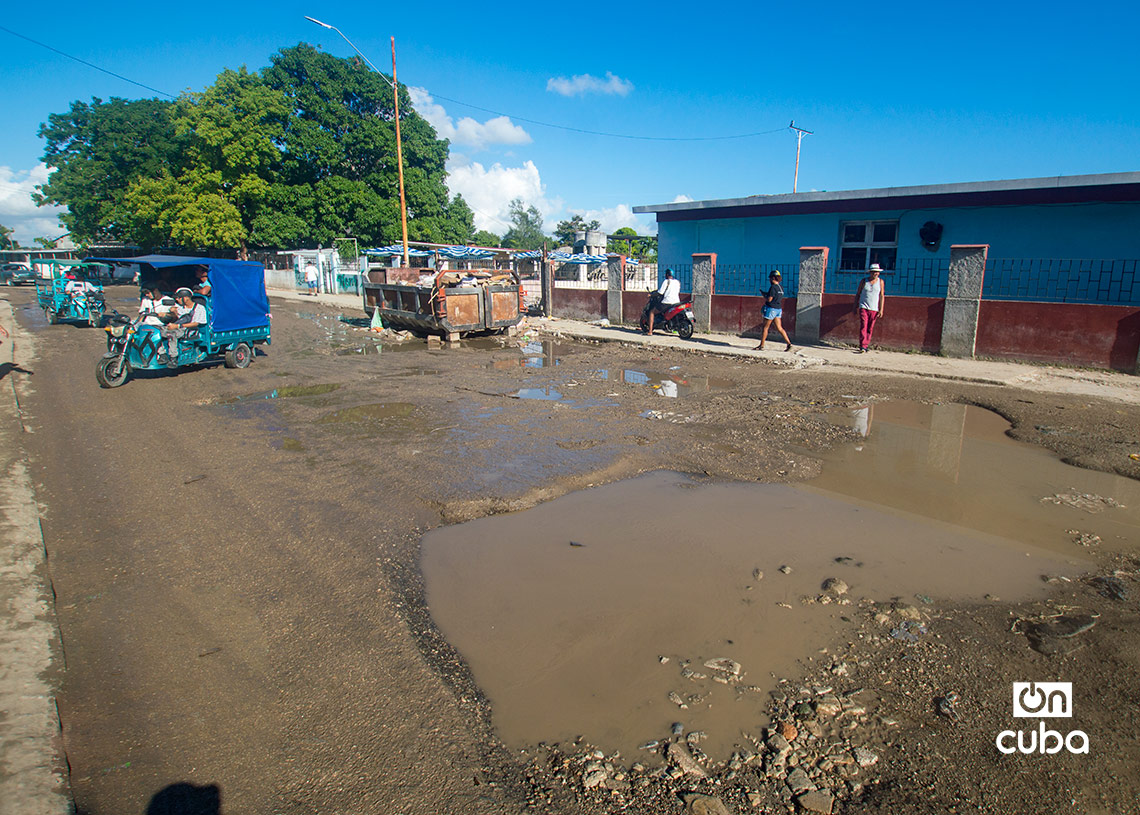
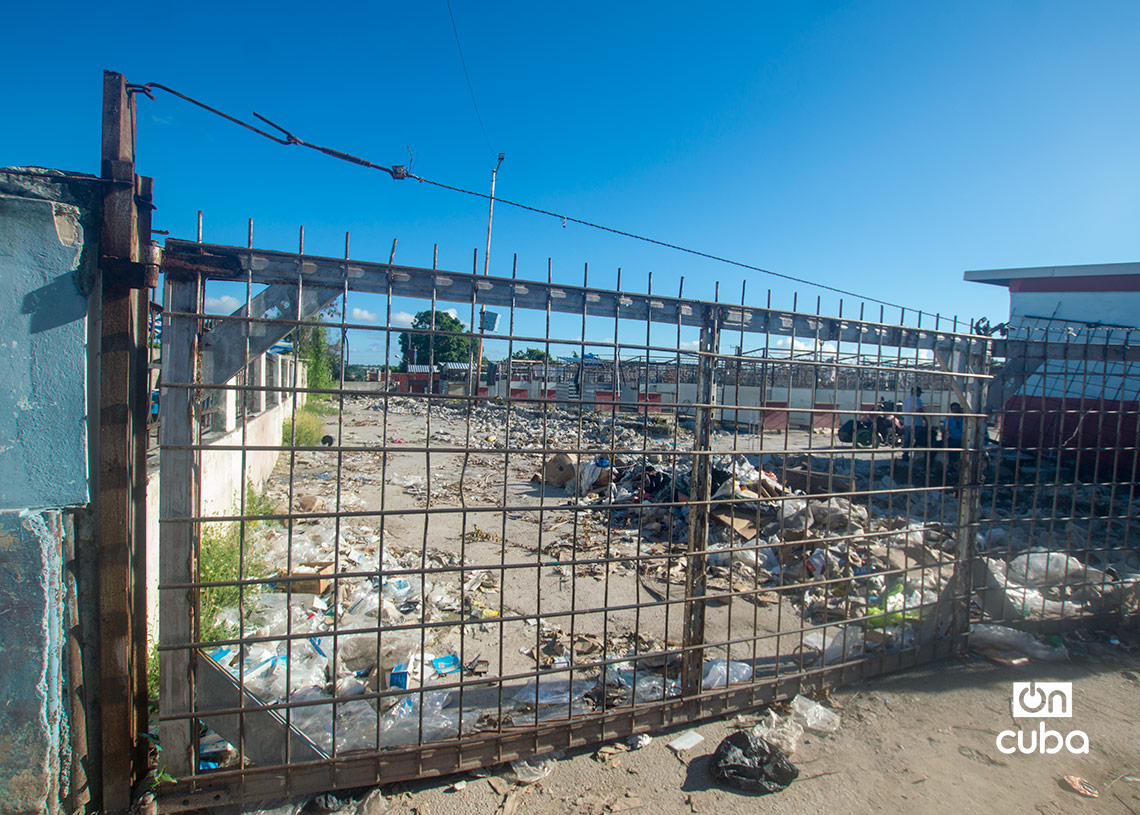
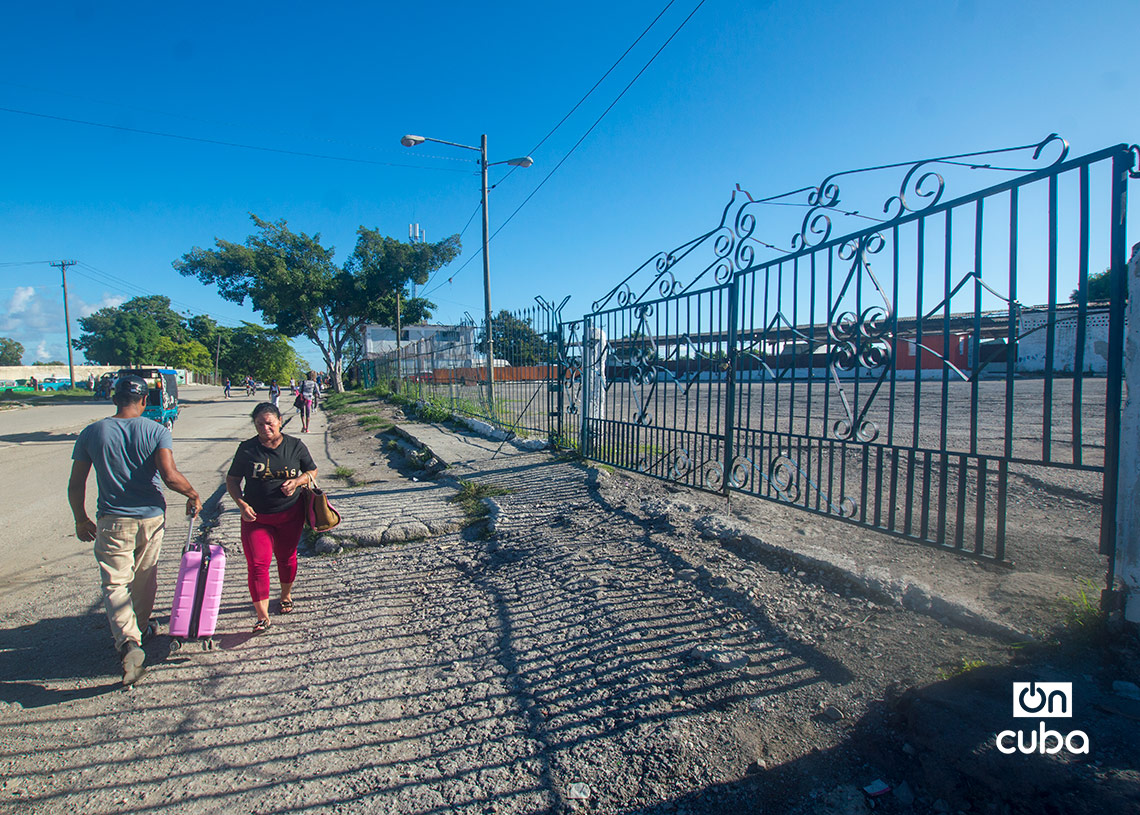
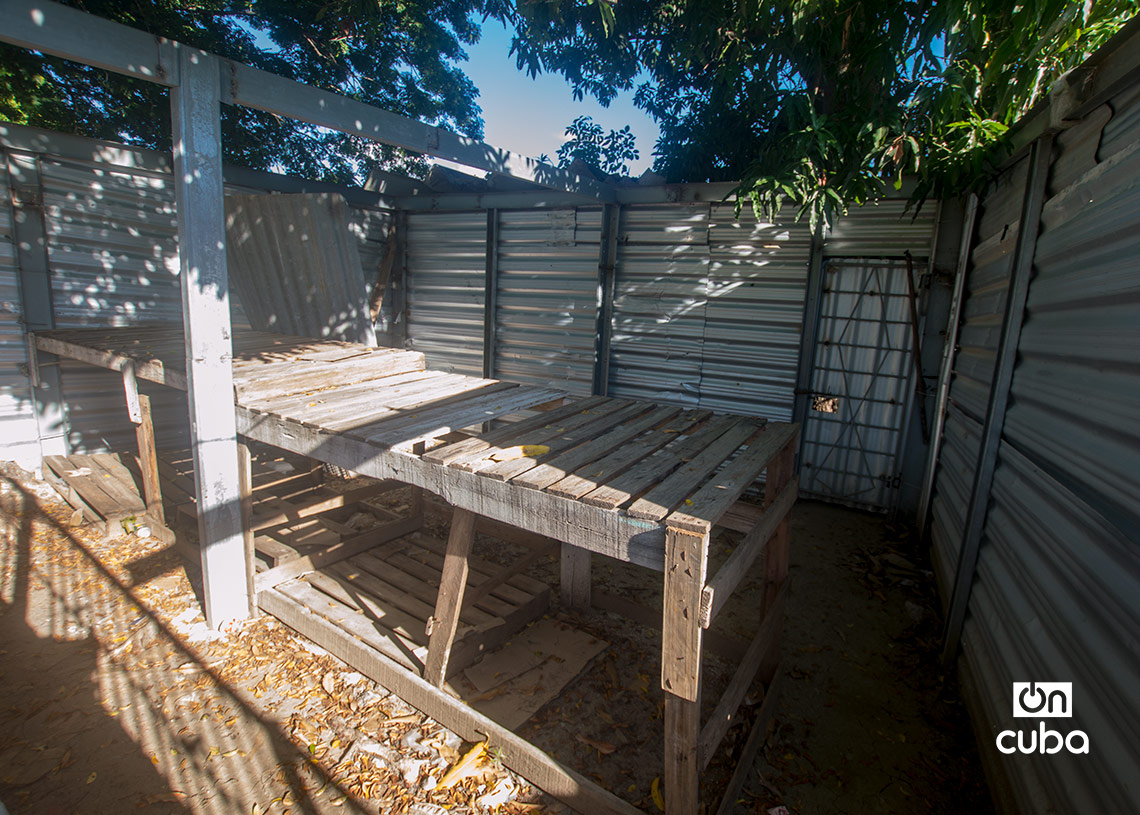
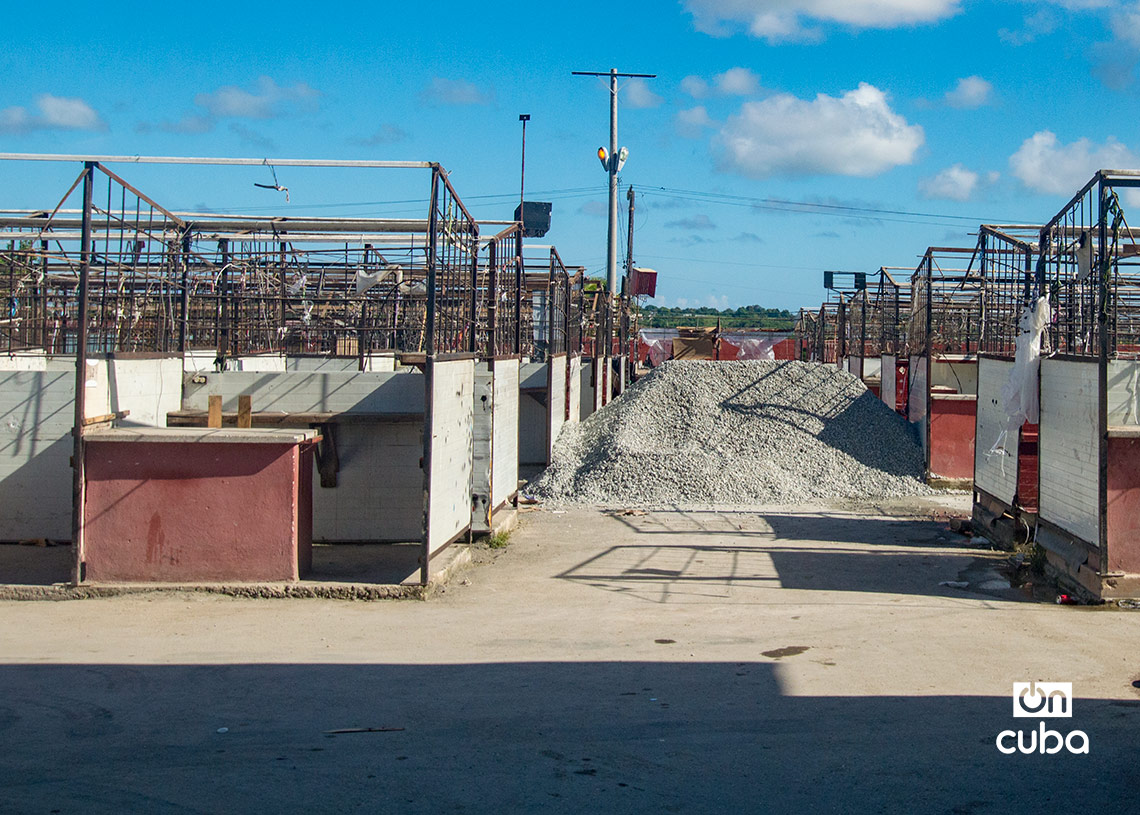
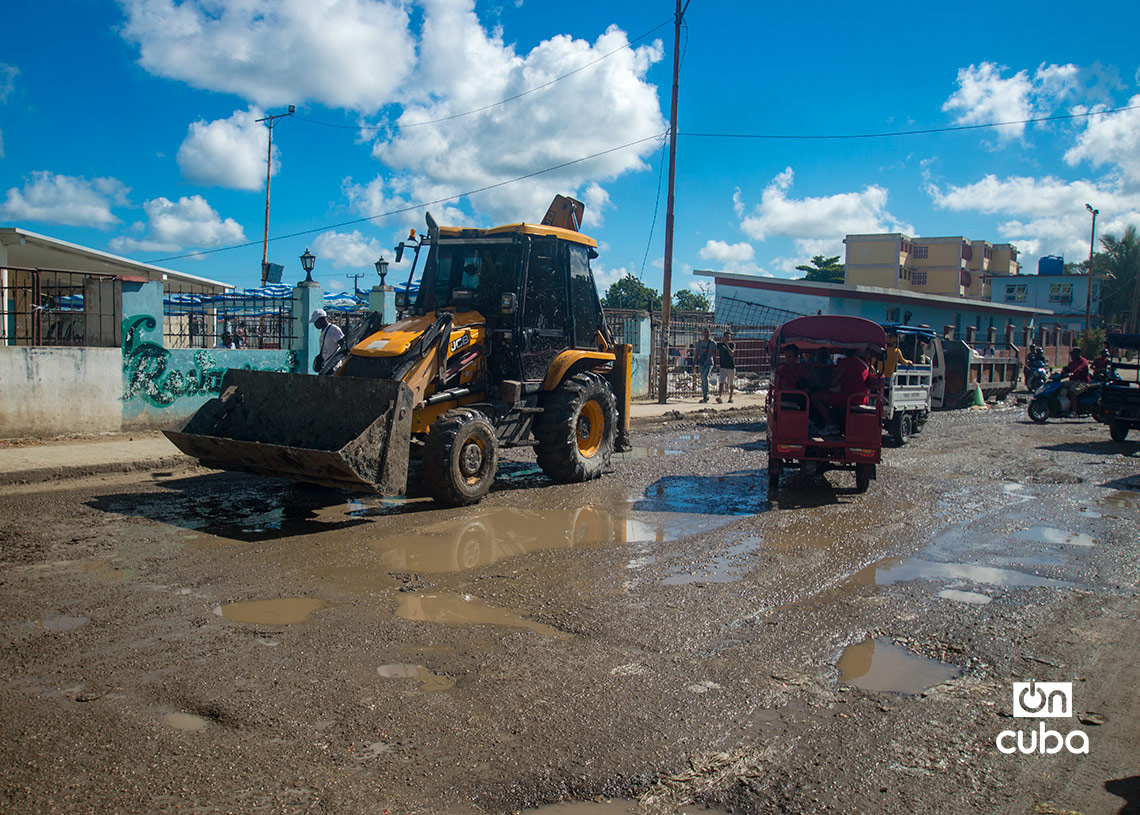
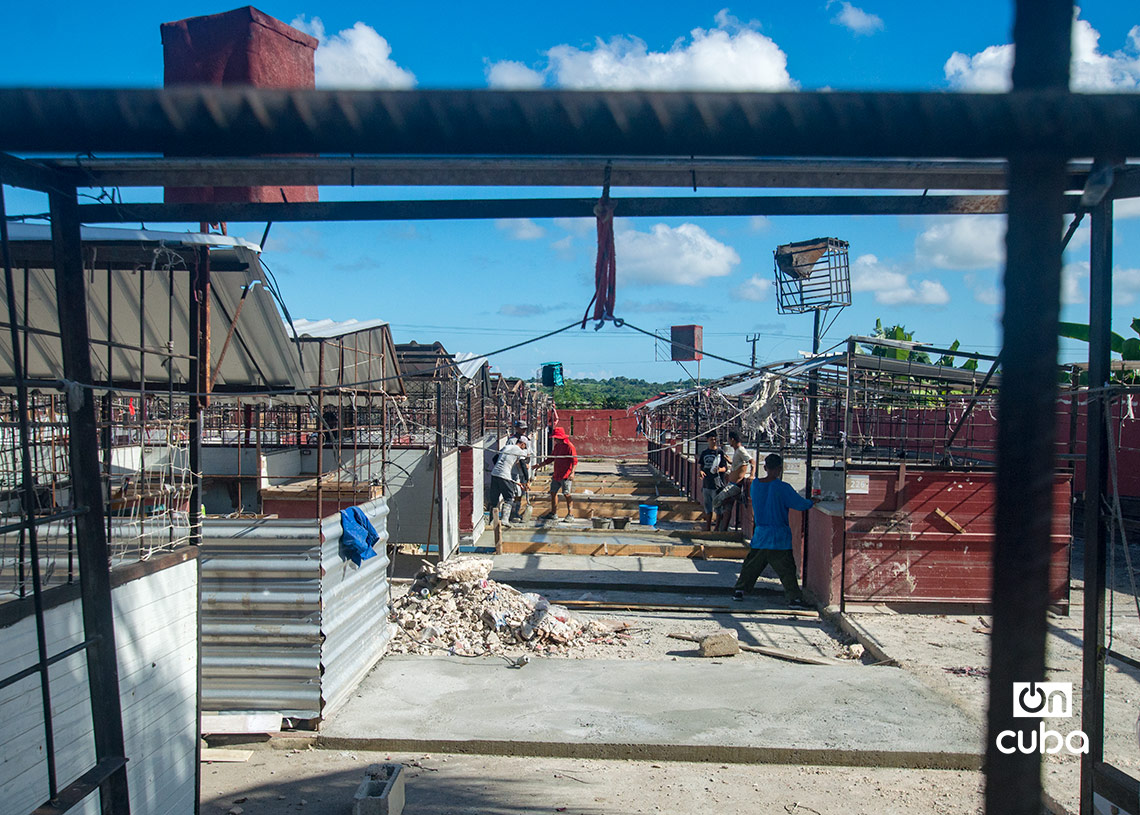
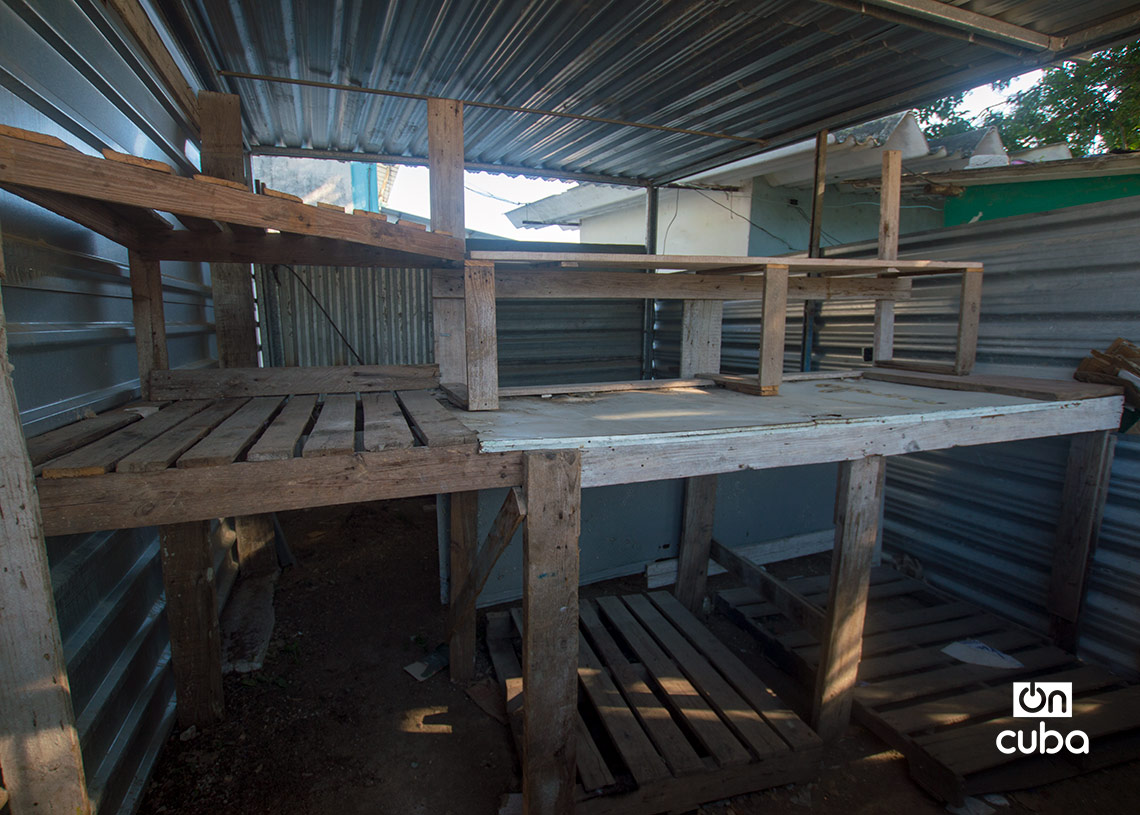
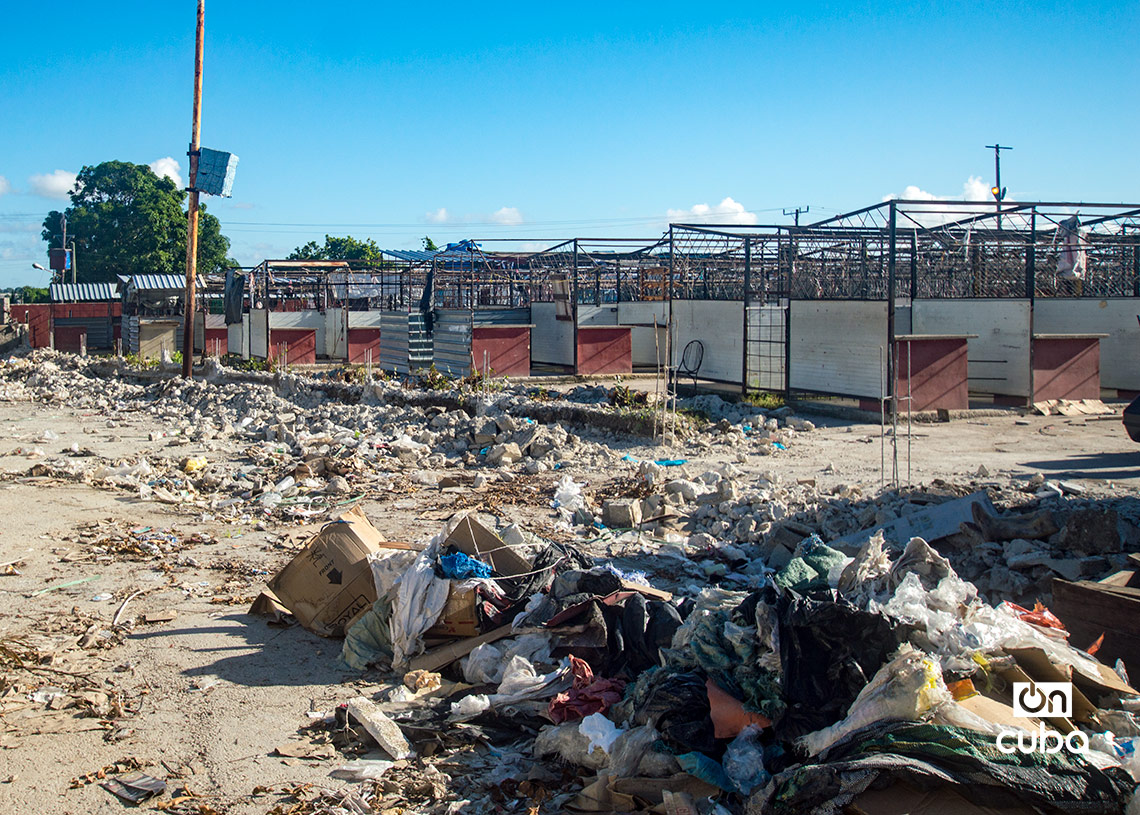
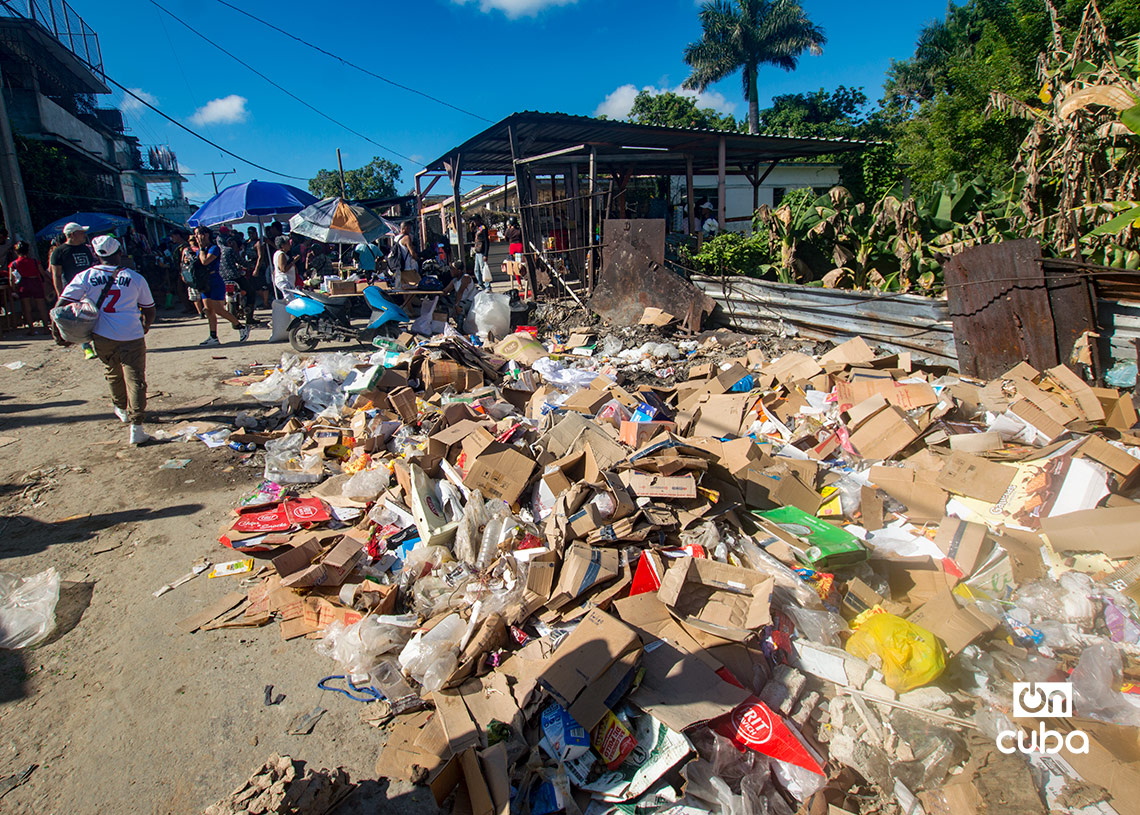
Despite the construction and the dispersion, optimism is evident among the merchants. Many have taken tiles and stalls from their original premises, ready to set up temporary stalls and continue selling elsewhere.
Prices aren’t as low as before, but the difference with other locations in the city allows for bargaining.
A package of detergent can cost 150 CUP there and 200 in other municipalities; a blender costs 7,000 CUP with a gift included, while elsewhere it exceeds 10,000. The price varies depending on the product and the quantity purchased.
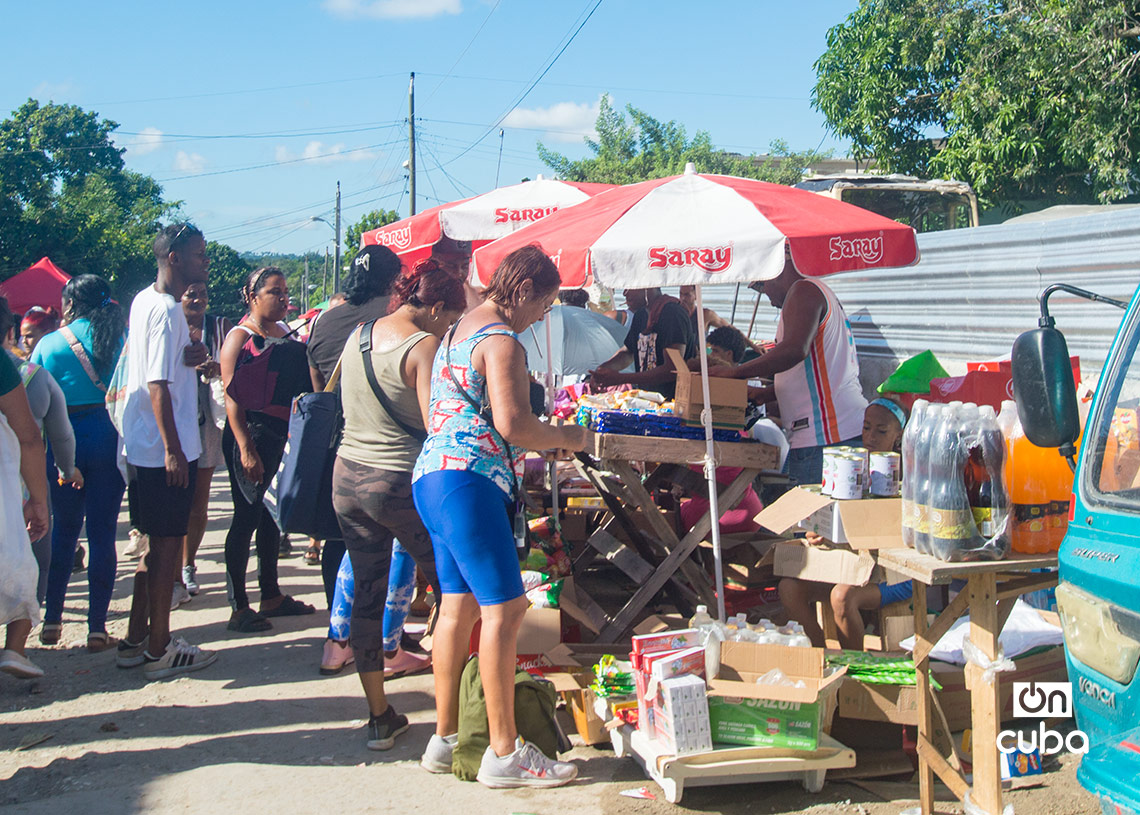
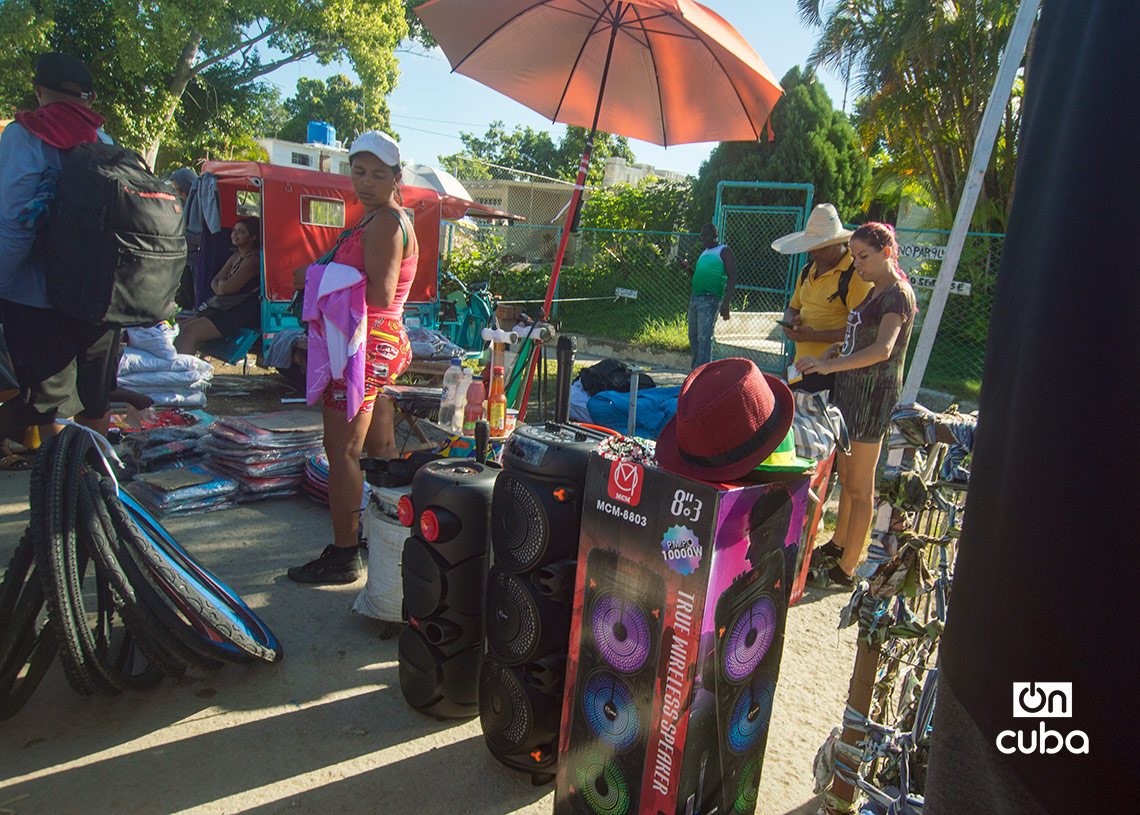
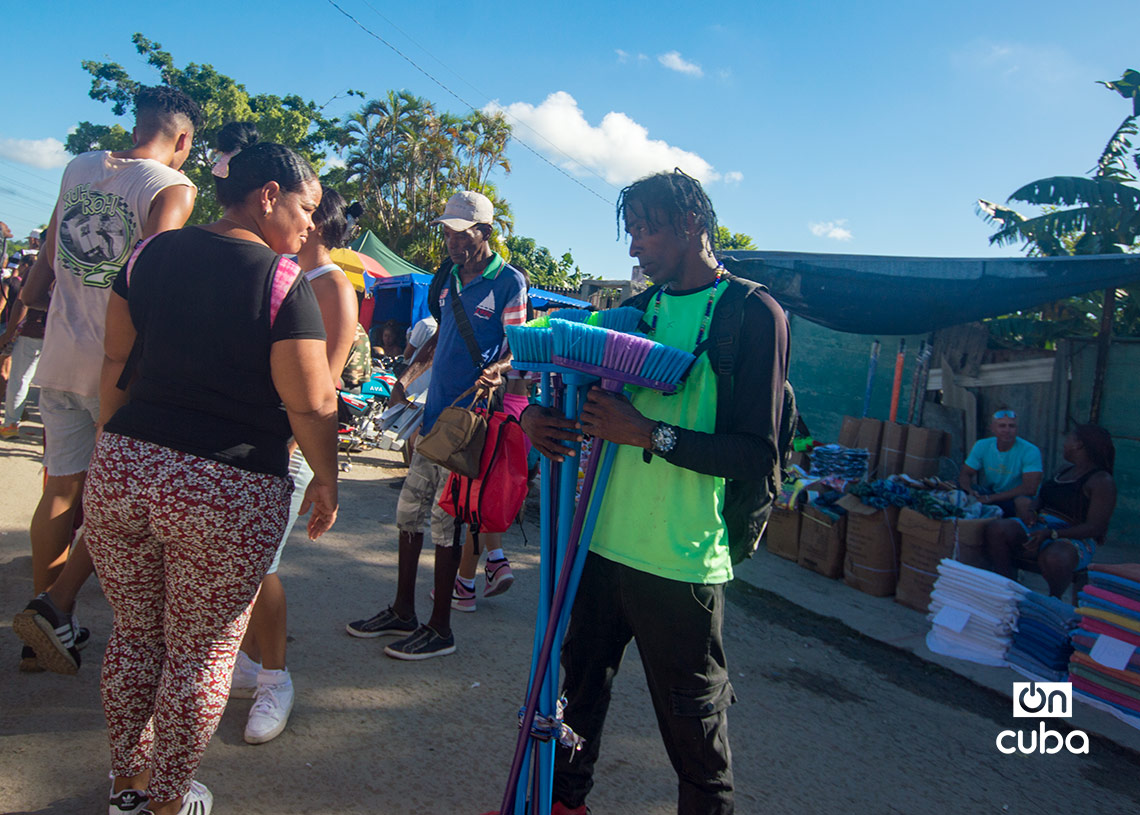
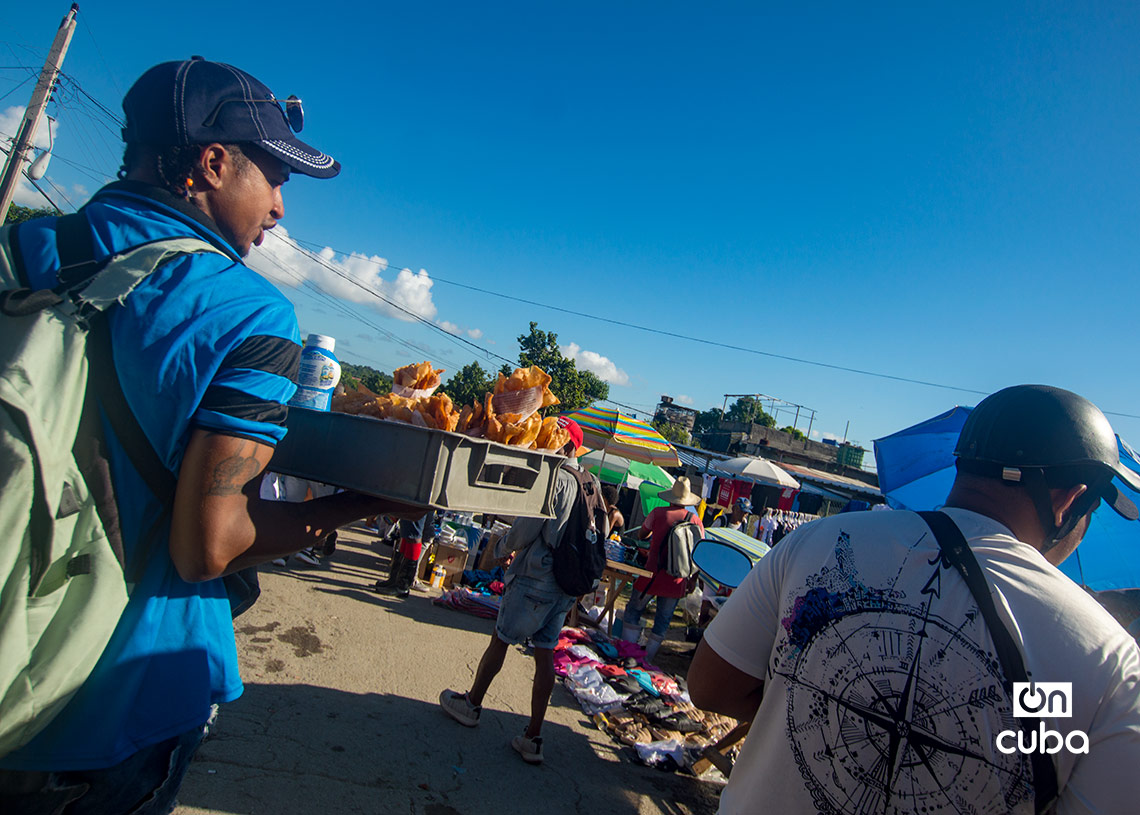
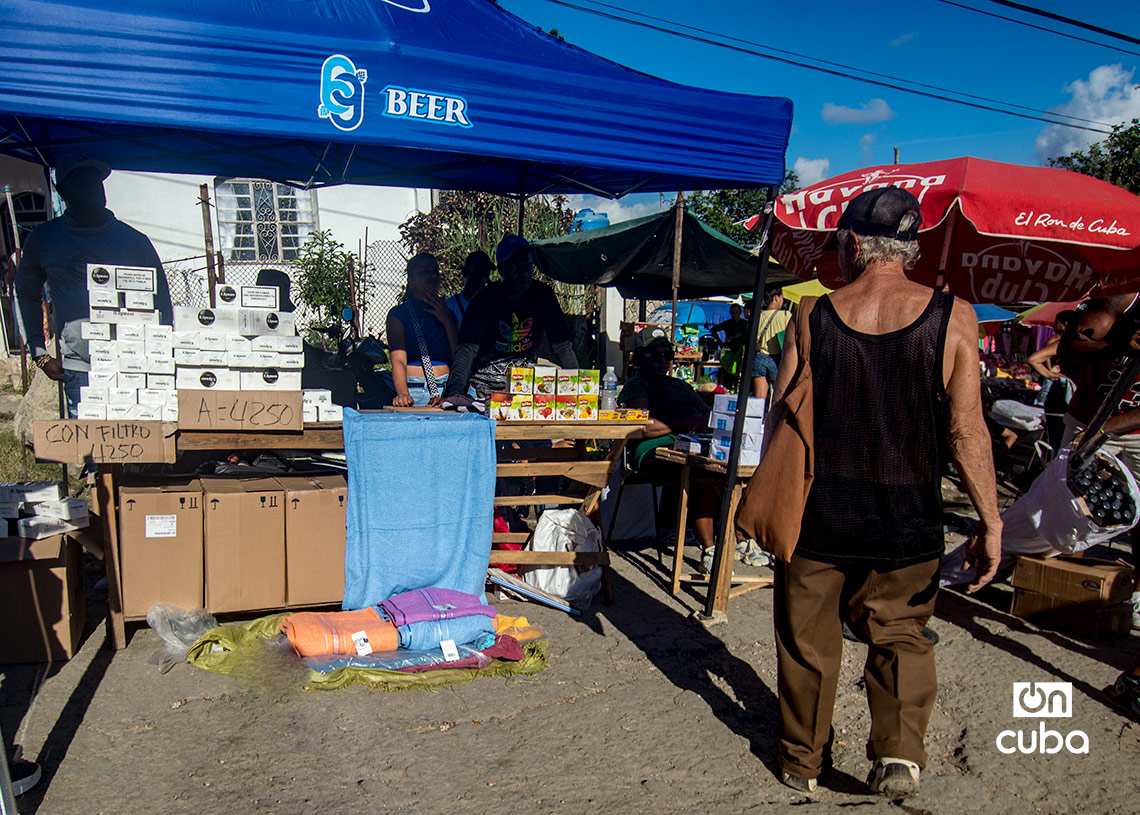
Our photojournalist Otmaro Rodríguez visited these streets with his camera these days. The photos he took show scenes of diverse life: people displaying their products, resellers of refurbished appliances, shoppers bargaining intensely and vendors attentive to every move to preserve what little they have.
Every element of this chaotic urban landscape is a sign of resilience and adaptation, a reflection of how the Cuevita, even temporarily closed, continues to be a vital commercial space for many families.
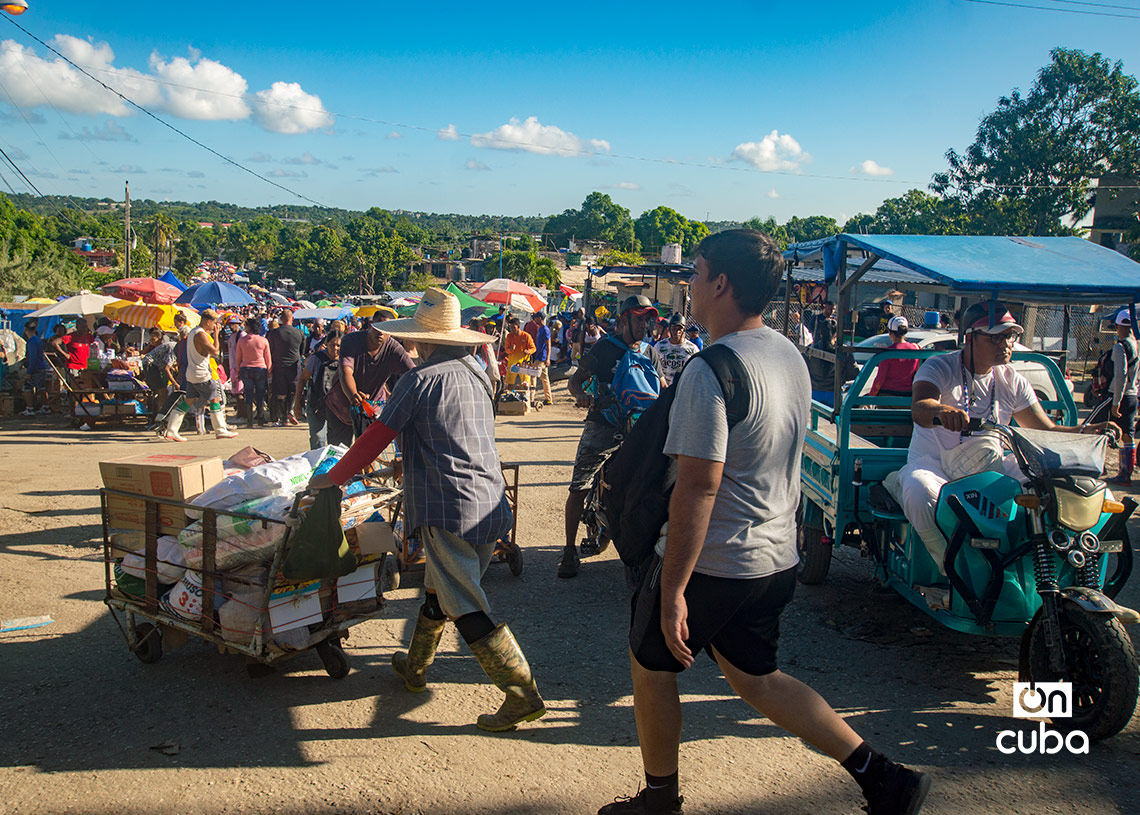
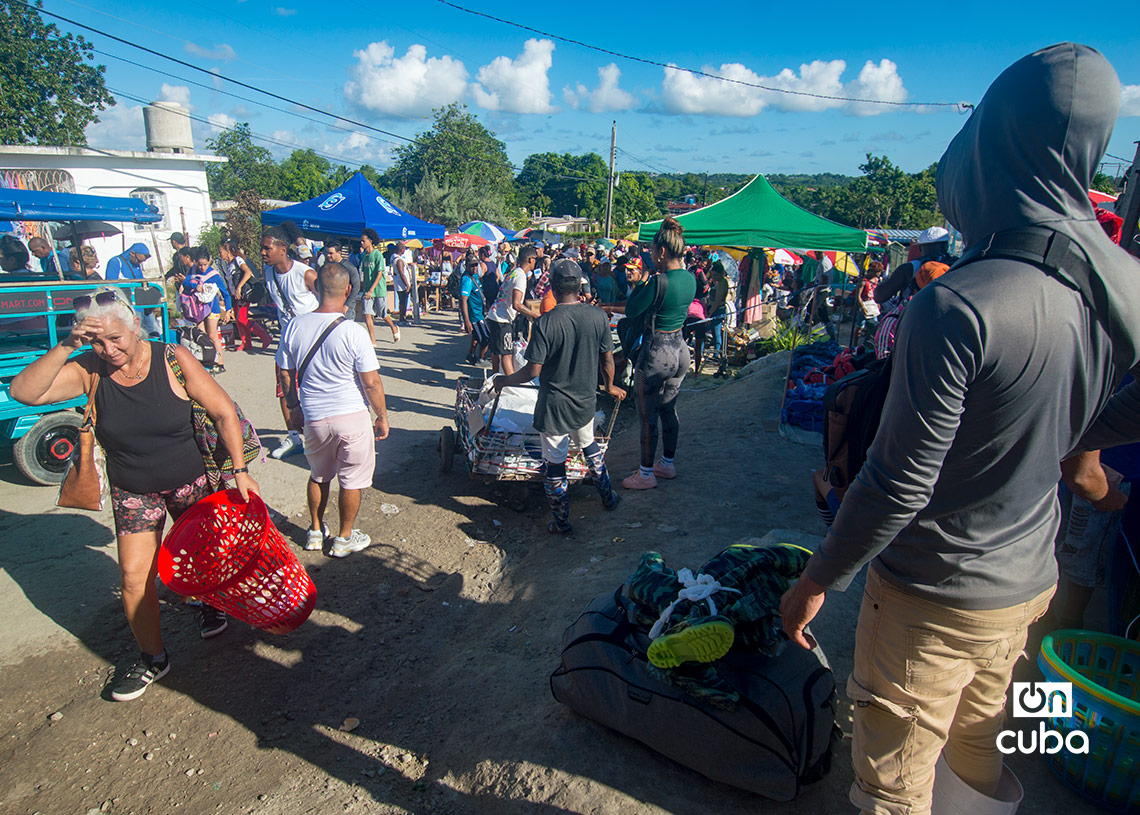
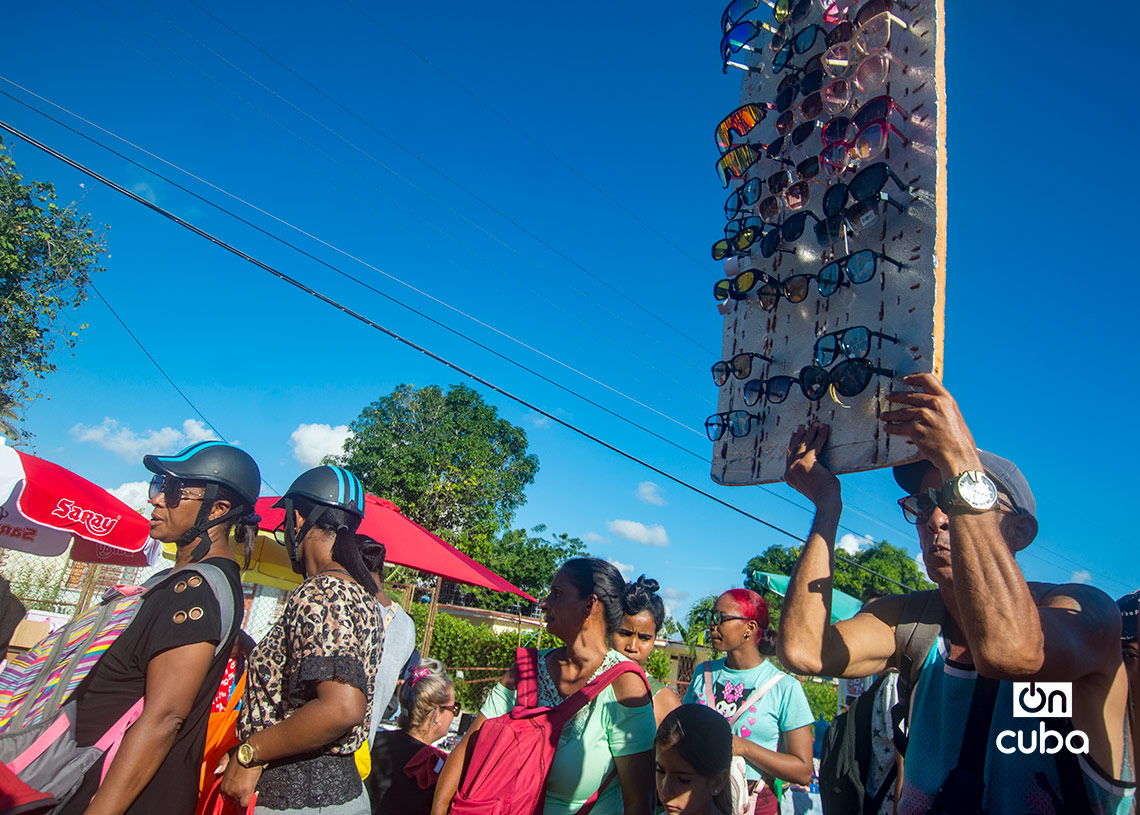
Despite the noise and apparent disorder, the economic heart of these streets continues to beat.
The Cuevita has moved, transformed, but it hasn’t disappeared as rumored.
In that persistent tide, daily life continues to weave itself. It’s there where informality coexists with the need to survive and where the family economy finds refuge, among pallets, makeshift shelves and the hope that sales will soon return to their original home in better conditions.

